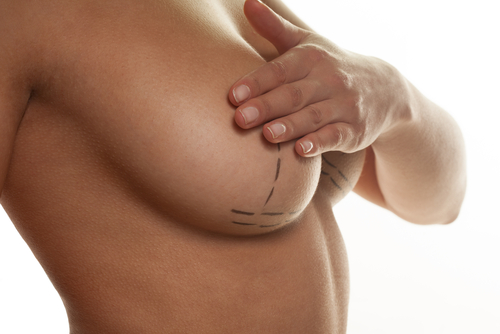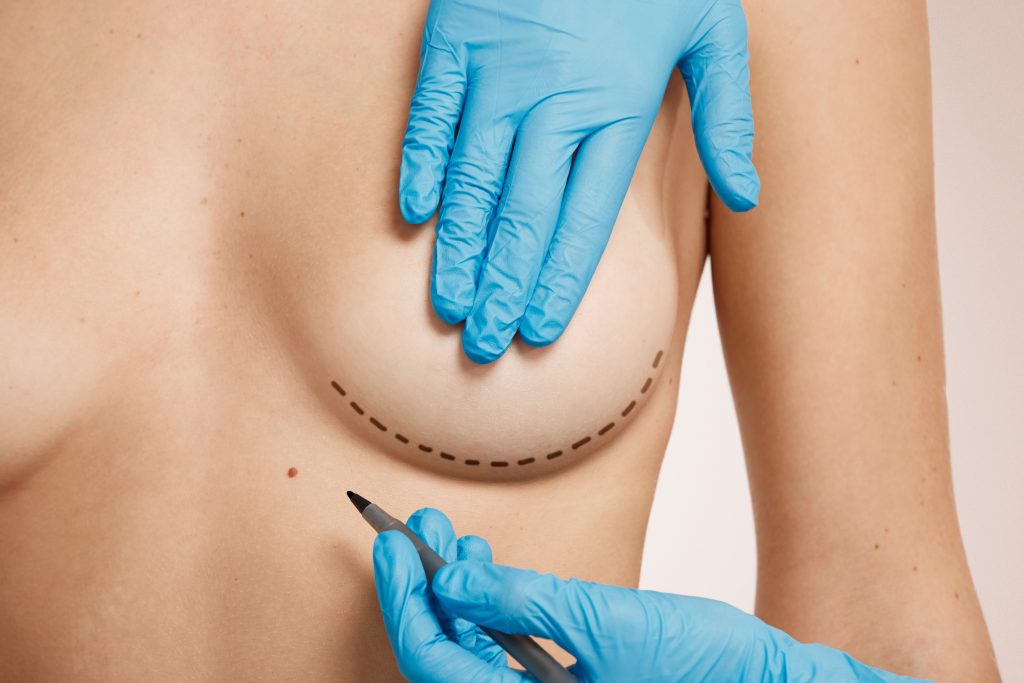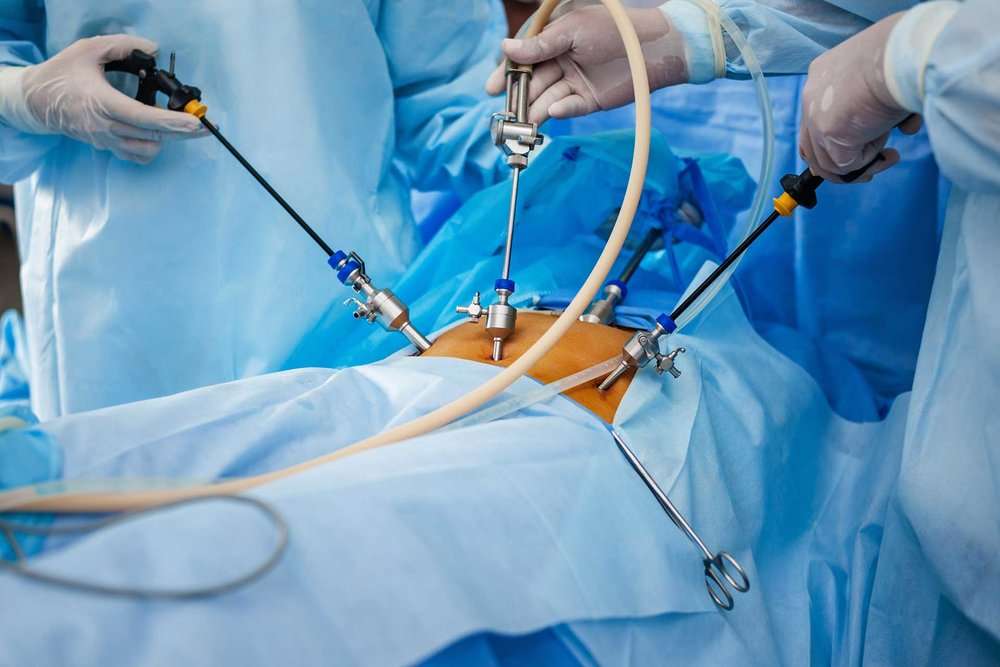Understanding Breast Augmentation Options
Fat Transfer
Fat transfer breast augmentation uses body fat from other areas. It’s less invasive. Ideal candidates are those seeking modest size increases and have enough donor fat.
This method offers a natural look and feel. Recovery is generally quicker than with implants. However, some fat may reabsorb into the body, affecting longevity.
Implant Surgery
Breast implants have evolved significantly. They offer predictable size increases. Silicone and saline are the two main types, each with its own benefits.
Implants require a surgical procedure with a longer recovery period. They might need replacement after a decade or so due to wear or leakage.
Ideal Candidates
The right choice depends on several factors. Body type, desired outcome, and health considerations play crucial roles.
For fat transfer, having sufficient donor fat is key. For implants, one must be prepared for a more invasive procedure and possible future surgeries.
Pros of Fat Transfer Augmentation
Natural Appearance
Fat transfer breast augmentation offers a more natural look and feel than implants. This method uses the patient’s own body fat, harvested from other areas, to enhance breast size. The result is breasts that are soft and move naturally. Patients often report their augmented breasts feel identical to their natural tissue.
The procedure avoids the use of foreign materials, reducing the risk of rejection or complications associated with implants. This aspect is particularly appealing for those seeking subtle enhancements rather than dramatic changes.
Minimally Invasive
This technique is less invasive compared to traditional implant surgery. It involves smaller incisions, which means reduced scarring and a shorter recovery period. The process also minimizes the pain and discomfort typically associated with surgical breast augmentation.
Patients appreciate the quicker return to daily activities, often resuming work and light exercises within a week. The reduced invasiveness also lowers the risk of infection and other post-operative complications.
Dual Benefit
A unique advantage of fat transfer augmentation is the dual benefit it provides. Not only does it increase breast size, but it also allows for body contouring. Fat is removed from areas like the abdomen or thighs, offering an all-over sculpted look.
This two-in-one approach satisfies patients’ desires for fuller breasts while eliminating unwanted fat deposits elsewhere. It’s an effective way to achieve a more proportional figure without undergoing multiple procedures.
Cons of Fat Transfer Augmentation
Size Limitations
Fat transfer breast augmentation offers a more natural look but falls short in providing significant size increases. Unlike implants, which can offer a dramatic change, fat transfer’s capacity is limited by the amount of viable fat available from the patient’s own body.
Patients desiring a considerable boost in breast size might find this method insufficient. The process relies heavily on the existing fat reserves in one’s body, and not everyone has enough excess fat for transfer.

Unpredictability
The survival rate of transferred fat is highly unpredictable. Not all injected fat cells will integrate successfully into their new location. This unpredictability can lead to asymmetry or the need for additional procedures, driving up both cost and recovery time.
The body may reabsorb a portion of the transferred fat over time, diminishing the initial volume achieved post-surgery. Patients often require multiple sessions to maintain their desired outcome, making it less convenient than implants.
Aging Effects
As with any cosmetic procedure, natural aging impacts the longevity of fat transfer augmentations. Over time, aging can alter the appearance of breasts, affecting how long patients can enjoy their augmentation results.
Fat transferred to the breasts behaves like fat elsewhere in the body—it can shrink or expand with weight fluctuations. Thus, significant weight changes can impact breast volume and shape post-procedure.
Comparing Implant Benefits
Size Options
Implants offer a broader range of size increases. They allow for more dramatic changes compared to fat transfer. This is crucial for women seeking a significant enhancement.
With implants, patients can choose exactly how much larger they want their breasts to be. This precision isn’t as easily achieved with fat transfer.
Longevity
Breast implants boast predictable longevity. Their results are stable over many years, unlike the variable absorption rates seen with fat transfer.
Patients appreciate knowing what to expect long-term from their augmentation. This predictability adds a level of comfort and satisfaction with the outcome.
Technological Advances
The safety and aesthetics of implants have improved significantly. Thanks to technological advancements, there’s now a wide variety of options.
-
Silicone and saline implants each have unique benefits.
-
The ability to customize shape, texture, and even the feel of implants enhances patient outcomes.
These options allow individuals to tailor their augmentation to their specific desires. It contrasts with the limitations often encountered with fat transfer techniques.
Deciding Between Fat Transfer and Implants
Consultation Importance
Consulting with a certified plastic surgeon is crucial. They assess personal goals, health status, and suggest the best option. This guidance ensures safety and satisfaction.
Choosing the right procedure involves understanding one’s body and expectations. Surgeons offer insights on long-term outcomes and procedural specifics.
Procedure Differences
Fat transfer involves removing fat from one part of the body to enhance breast size. It offers a more natural look and feel but provides subtle results.
Implants involve placing silicone or saline inserts under breast tissue or muscles. They offer significant size increase and shape control but come with risks like rupture or capsular contracture.
Recovery Insights
Recovery from fat transfer is generally quicker, with less pain. Patients can resume normal activities within days.
Implant surgery recovery takes longer. Patients may experience discomfort for weeks. Following post-operative care instructions is vital for healing.
Outcome Considerations
Consider long-term satisfaction when choosing between these options. Fat transfer gives a natural appearance but may require multiple sessions for desired volume.
Implants provide immediate size enhancement but might need future adjustments due to aging or weight changes.
Summary
Choosing between fat transfer breast augmentation and implants boils down to your personal goals, body type, and the results you’re aiming for. Fat transfer offers a more natural look and feel, with the added benefit of removing unwanted fat from other areas. However, it provides subtle enhancement and may require multiple sessions. Implants, on the other hand, offer a more significant change in size and shape but come with a different set of risks and considerations. Both options have their pros and cons, making it crucial to consult with a seasoned professional who can guide you based on your unique needs.
Your decision should align with what feels right for your body and your aesthetic desires. Remember, it’s about enhancing your confidence and feeling comfortable in your skin. Ready to take the next step? Reach out to a trusted cosmetic surgeon to discuss which option will best achieve your dream results.
Frequently Asked Questions
What is the main difference between fat transfer and implant breast augmentation?
Fat transfer uses your own fat to increase breast size, while implants involve inserting silicone or saline-filled devices for enhancement.
How long does fat transfer breast augmentation last?
Fat transfer results can be long-lasting, but some of the transferred fat may be reabsorbed by the body over time.
Are there any benefits to choosing fat transfer over implants?
Yes, fat transfer offers a more natural look and feel, eliminates risks associated with implants, and involves liposuction which can contour another area of the body.
What are the primary risks of implant breast augmentation?
Risks include implant rupture, capsular contracture (scar tissue formation), and the need for future surgeries to replace or remove implants.
Can anyone opt for fat transfer breast augmentation?
Not everyone is a candidate; sufficient body fat and realistic expectations are necessary. A consultation with a qualified surgeon is essential to determine eligibility.
How do I decide between fat transfer and implants for breast augmentation?
Consider factors like desired outcome, tolerance for surgery and recovery time, potential risks, and personal health. Consulting with a board-certified plastic surgeon can help make an informed decision.
Is the recovery time different between the two procedures?
Yes, recovery from fat transfer is generally shorter and less painful than from implant surgery, due to its minimally invasive nature.





